Large Deflection Working Group
Lead: Markus Ritter (Markus.Ritter@dlr.de)
Please contact Markus Ritter for access to data depository.
Objectives
-
Apply nonlinear aeroelastic simulation codes for the prediction of:
- Static equilibrium points (static coupling) with large deflections
- Dynamic stability (flutter) about states of large deflection
-
Investigate nonlinear aeroelastic phenomena induced by large deflections:
- Variation of structural characteristics (e. g. variation of mode shapes and frequencies)
- Variation of static and dynamic loads (aerodynamic, inertia)
- LCO onset (dynamic pressure, AoA), mechanisms, and amplitudes
Configuration: Technion Pazy Wing
- Benchmark for static and dynamic (flutter) aeroelasticity of a very flexible wing (up to 50% elastic deflection w. r. t. semi-span)
- Experimental data for validation of computational models
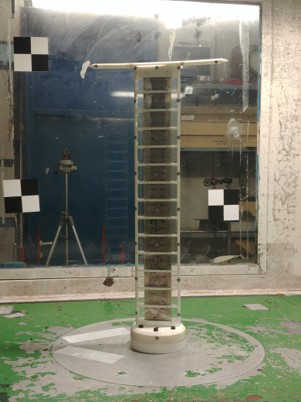
- Chord - 100 mm, span - 550 mm
- Main spar: 550 × 60 × 2.5 mm, at the center-chord
- Airfoil - NACA0018
- Wing-tip rod for attaching weights
- Main spar - Aluminum 7075
- Chassis - Nylon, PA12, 3D-printed
- Cover - Foil (Oralight)
- Simple, low-cost design
- Easy generation of simulation models
Background
-
Large elastic deflections are inherent in particular aircraft (HALEs, Sailplanes, modern jet transports) as the result of aerodynamic optimization
- high aspect ratio to reduce induced drag → high slenderness
- Bringing more flexibility into jet transport aircraft wings is even a future design goal of aircraft industry
- Future aeroelastic analysis and design codes must account for aerodynamic (e. g. large rotation of surfaces and forces) and geometric (changes in mass and stiffness) nonlinearities
- Standard - i.e. linear - analysis and design approaches are not suitable for highly flexible aircraft structures!
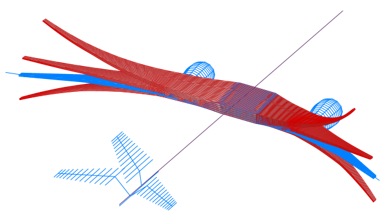

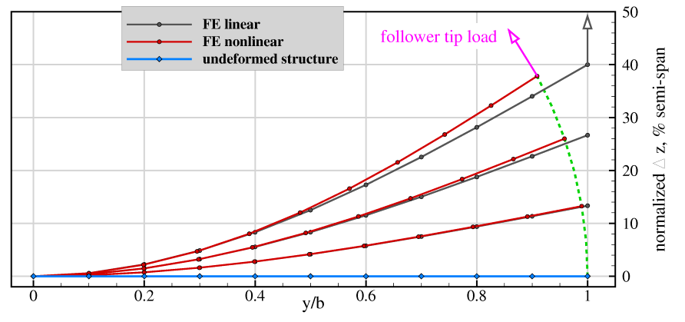
Existing Data
-
Sumulation Models:
- CAD
- FEM (Ansys, Nastran, w/ and w/o skin, calibrated with GVT data)
- Beam models (cross-section data)
-
Experimental data:
- GVT data of wind tunnel model
- Static aeroelastic data (0-55 m/s)
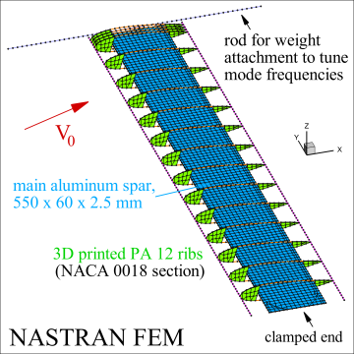
Computational Analysis
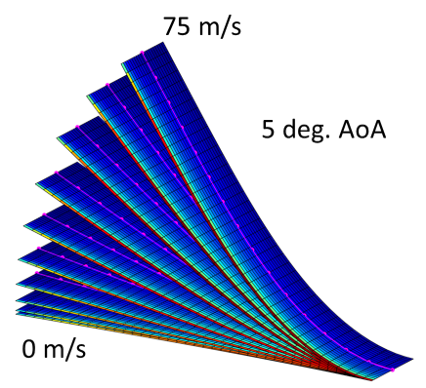
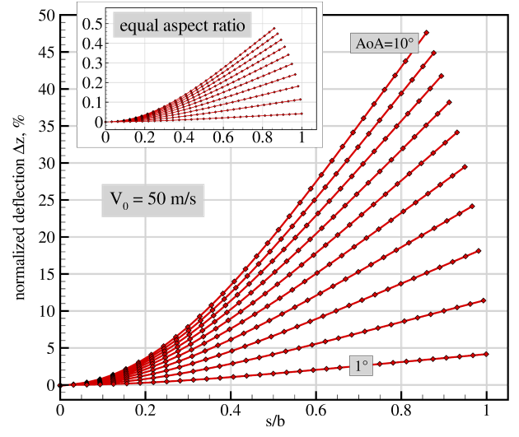
- Beam structural model (left) and full FEM (right)
- Potential aerodynamic model (flat plate) for both plots
Computational and Experimental Plans
- Stability analysis about states of large deflections
- Gain experience with novel aeroelastic measurement techniques (optical fibers and motion tracking camera system)
- Consider aerodynamic nonlinearities (viscous effects, stall) by high-fidelity aerodynamic methods and search for LCO regions
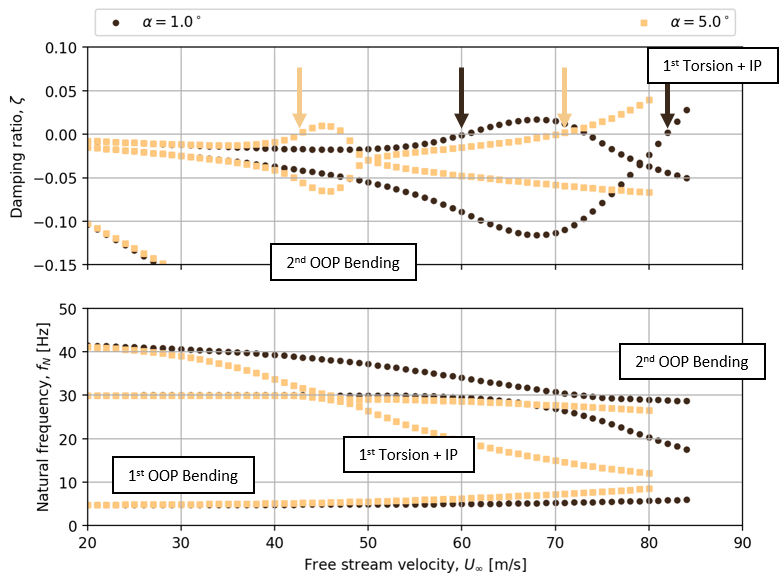
V-g plots of the Pazy Wing for V0 sweeps and two AoAs (each velocity corresponds to a state of static structural deflection and aeroelastic equilibrium)
1st Flutter Instability (43 m/s, AoA = 5°): 1st Torsion + 2nd OOP Bending
2nd Flutter Instability (71 m/s, AoA = 5°): 1st Torsion + 1st OOP Bending